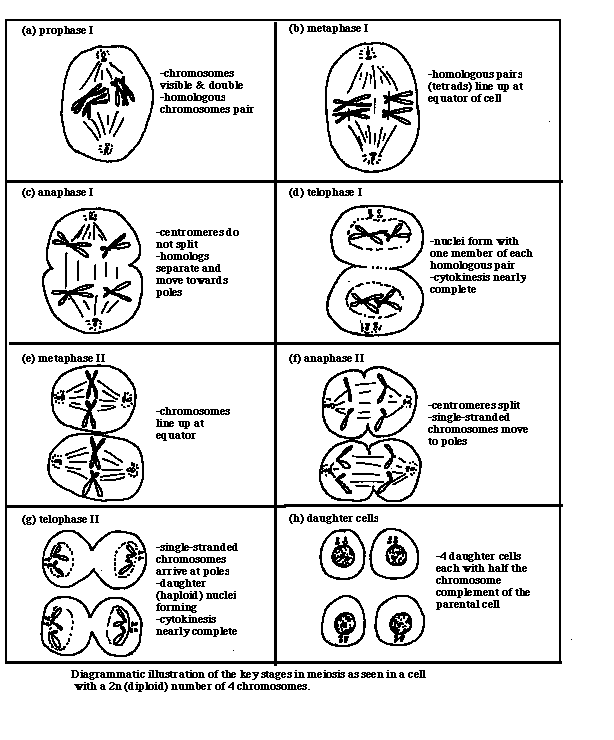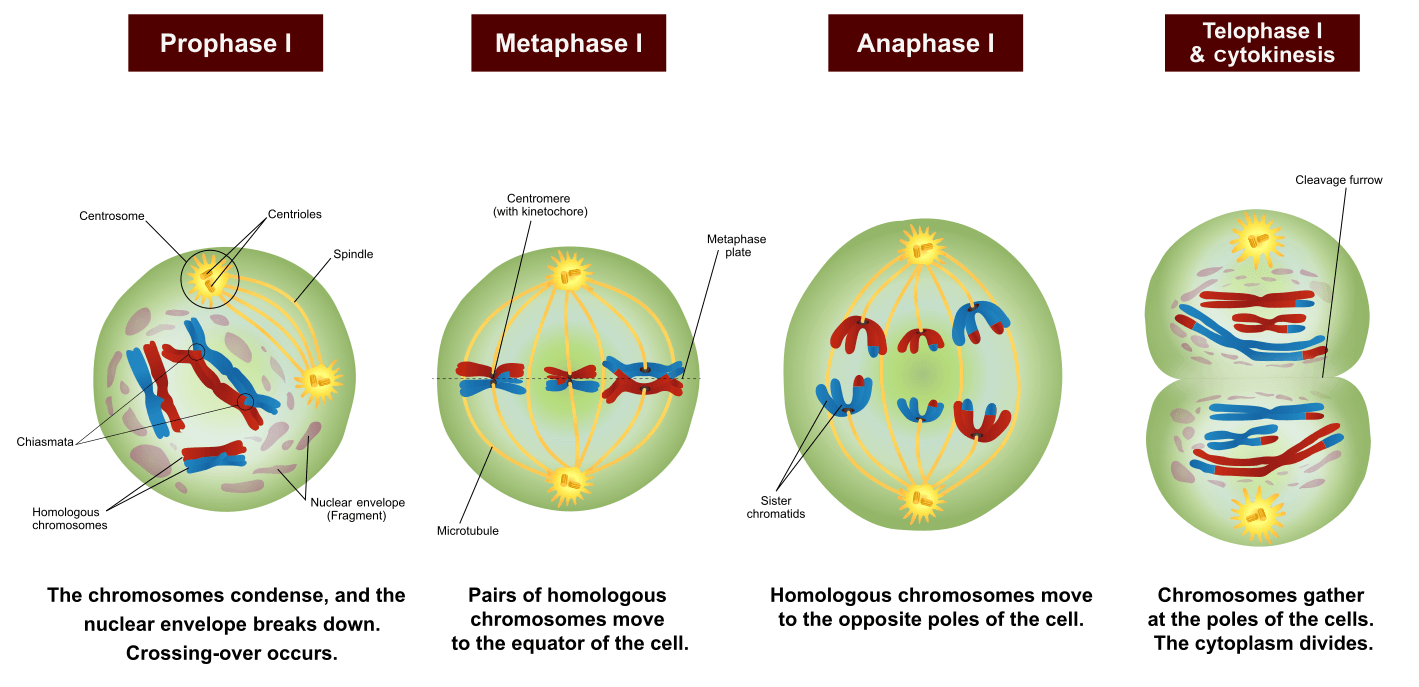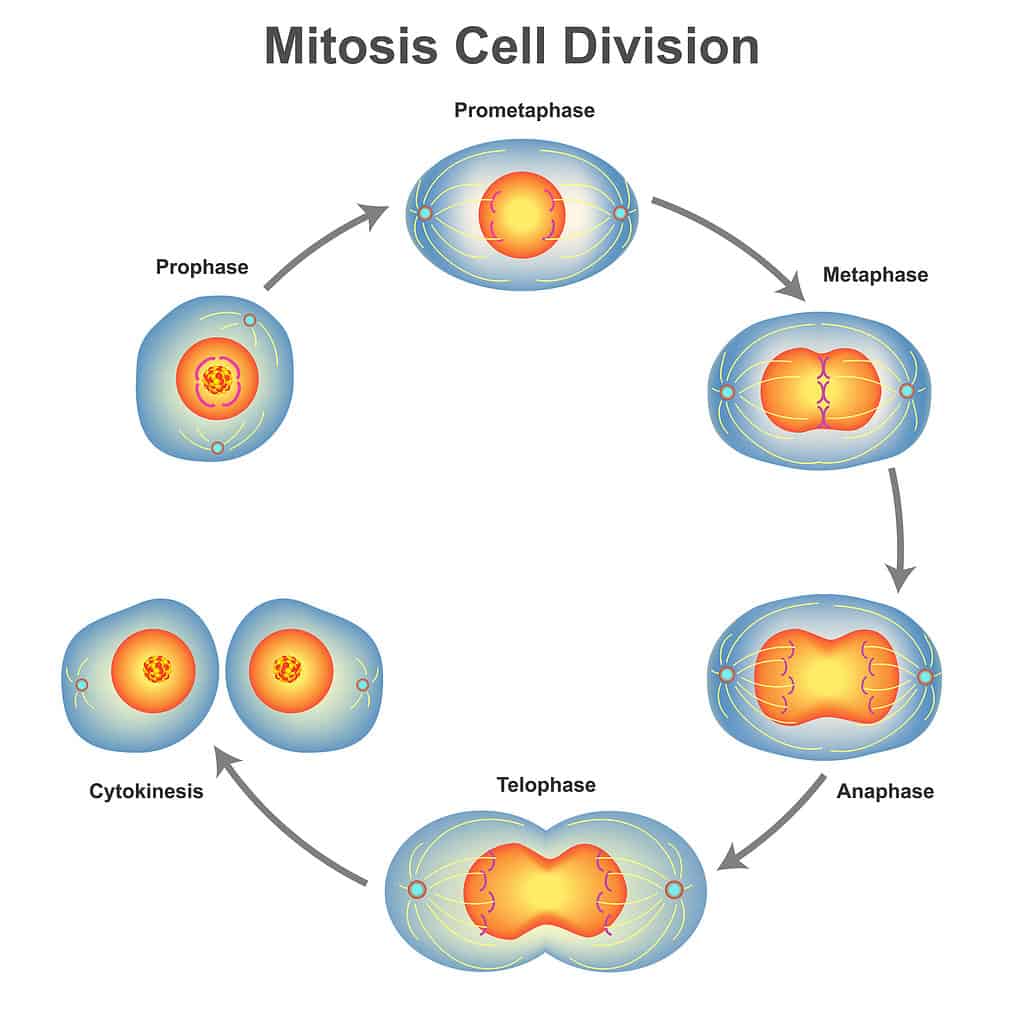Konular Biyoloji Evren Biology Diagrams Meiosis Stages. As seen in the diagram of meiosis, it is a two-step process in which cells are divided, called meiosis I and II. The cytoplasmic division is part of every step in the process. Meiosis I and meiosis II each have the following 4 steps: Prophase, metaphase, anaphase, telophase, and cytokinesis. Learn about meiosis with a detailed diagram, focusing on the stages and processes involved in cell division. Understand how meiosis contributes to genetic variation. During the next stage, homologous chromosomes, each consisting of two chromatids, pair up and exchange genetic material. This exchange contributes to genetic variety. Meiosis consists of two divisions, both of which follow the same stages as mitosis (prophase, metaphase, anaphase, telophase) Meiosis is preceded by interphase, in which DNA is replicated to produce chromosomes consisting of two sister chromatids; A second growth phase called interkinesis may occur between meiosis I and II, however no DNA replication occurs in this stage

Learn about meiosis, the division of a germ cell that produces four gametes with half the number of chromosomes. See a diagram of the stages of meiosis and how it differs from mitosis.

Diagram of Meiosis With Explanation and Steps Involved Biology Diagrams
Learn about the stages of meiosis with a well-labelled diagram and detailed explanation. Meiosis is a type of cell division that produces haploid gametes from a single cell.

Learn about meiosis, a type of cell division in sexually reproducing eukaryotes, with diagrams and explanations of its phases and stages. Find out the purpose, applications, and examples of meiosis in plants and animals. Learn about meiosis, a cell division process that produces four haploid cells from a diploid cell. See the diagrams and steps of meiosis I and meiosis II, and the differences between them. Learn about meiosis, the process of cell division that reduces the number of chromosomes in sexually-reproducing animals. See diagrams of the two divisions of meiosis, prophase, metaphase, anaphase and telophase, and how they differ from mitosis.
